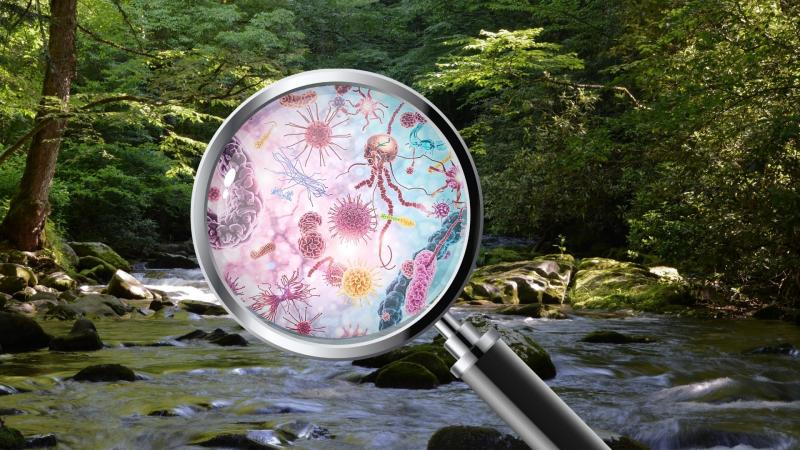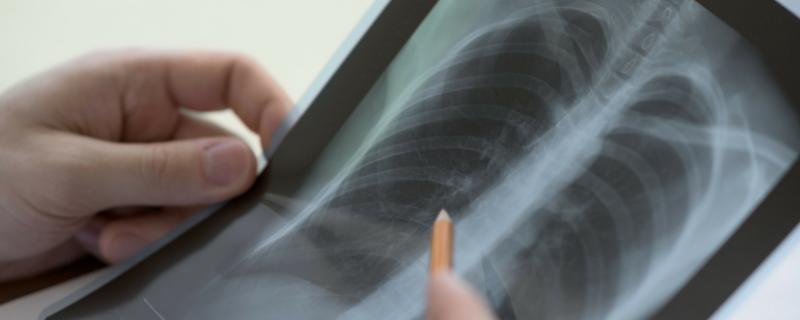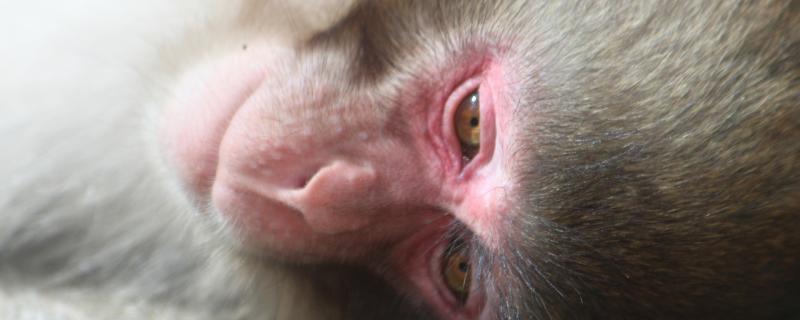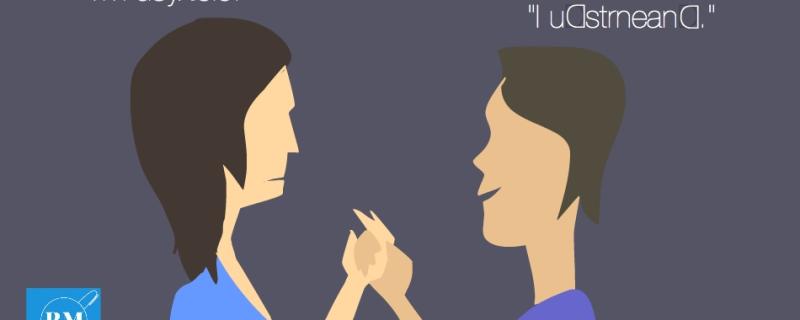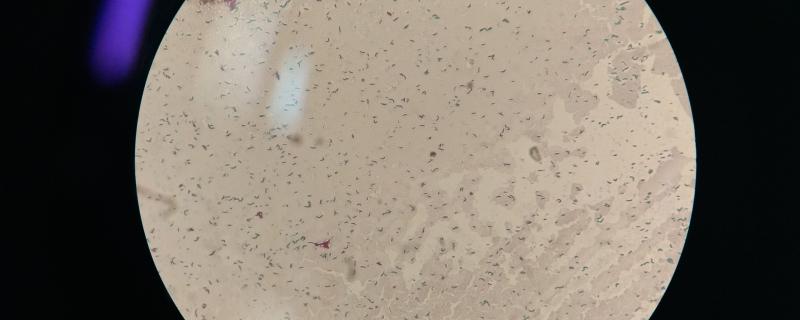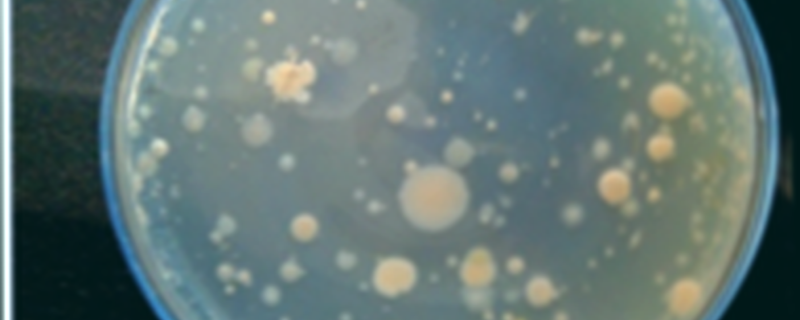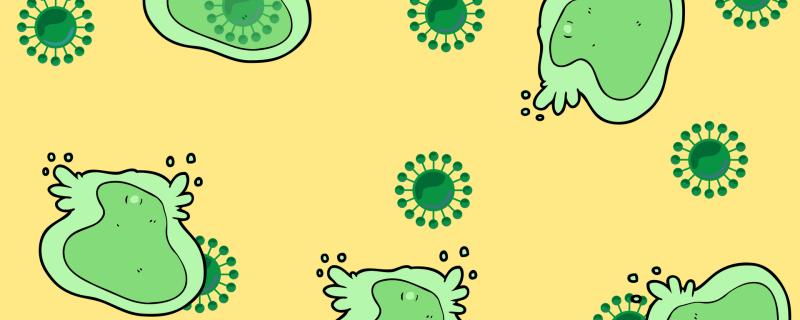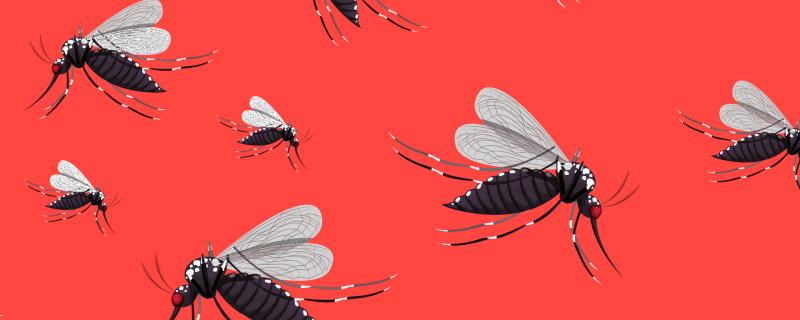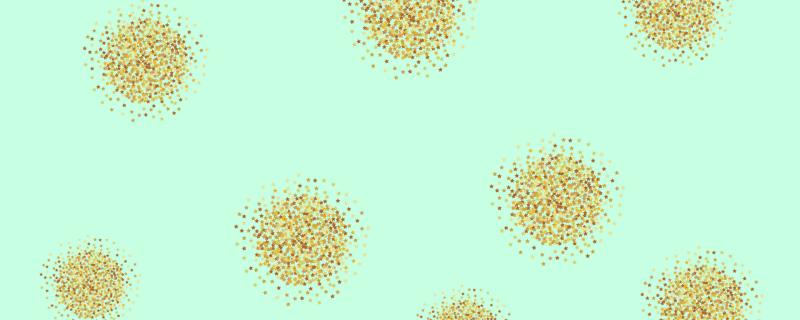Researchers from CSIR – Centre for Cellular and Molecular Biology (CCMB), Indian Institute of Technology Guwahati and MNR Dental College & Hospital, Hyderabad have developed an electrochemical nanobiosensor that can efficiently diagnose invasive aspergillosis
Health
Most of us have seen diabetics take insulin injections. Wasim Akram was an insulin dependent diabetic, and at the same time, a threatening fast bowler.
Insulin is a protein produced in our bodies by the pancreas. In earlier days, insulin was extracted from the pancreas of cattle, in a tedious process that yielded just a few micrograms per pancreas.
Study from Nalanda University, Bihar, explores whether the drinking water from bottles is following the standards set by Bureau of Indian Standards and is safe for consumption.
In a new study, scientists from the Indian Institute of Science, Bengaluru, University of Michigan, Ann Arbor, USA, and Purdue University, USA, have studied the process of the formation of the egg in female bonnet monkeys using ultrasound. They have also analysed the dynamics involved in the ovaries when an egg is released by injecting the female monkeys with human ovarian hormones.
Growing up in the USA, ten-year-old Steven was asked in school to read aloud a passage from a newspaper. The article described the opening of the first Disneyland. However, all the poor boy could see on the paper was this—“In a grand ceremony Disneyland opened in California to delirious applause.” Steven Spielberg did not know it at the time—and indeed until he was formally diagnosed several years later—that he was dyslexic.
Researchers from the Indian Institute of Science, Bengaluru, display how a class of toxins, called the pore-forming toxins, work to destroy our cells.
A collaborative study by researchers from Punjab University, Indian Institute of Technology (IIT) Delhi, Banasthali University, TERI University and the Jawaharlal Nehru University has identified how a particular gene in Mycobacterium tuberculosis, the causative agent of tuberculosis (TB), mutates to avoid the action of antibiotics.
Scientists from the Indian Institute of Technology, Bombay, find relationship between the number of copies of a particular set of genes and the size of the amoeba viruses that help these viruses to gain easy entry into their host.
Chikungunya fever is a major public health issue that infects many during the monsoon season. The most recent outbreak in India was in 2016, and in the last three years, the number of chikungunya cases in India has increased by a whopping 390 per cent. Caused by a mosquito-borne virus, there are no vaccines or specific treatments for this disease at the moment.
In a new study, researchers at the Indian Institute of Technology Bombay, have designed a biosensor using gold nanoparticles that can identify the presence of a protein called alpha-synuclein. The newly developed biosensor uses optical fibres to identify these proteins even in very low concentrations and can do so in just 15 minutes of time.
